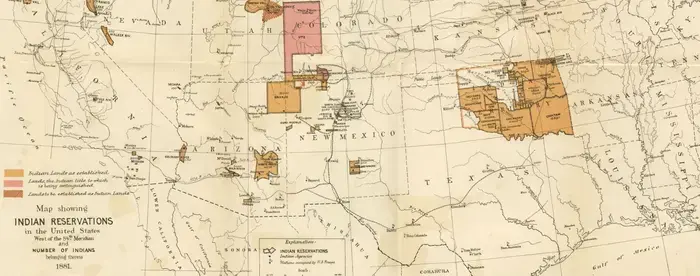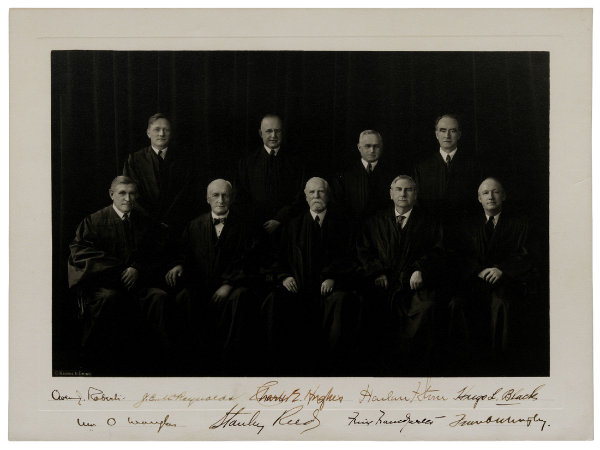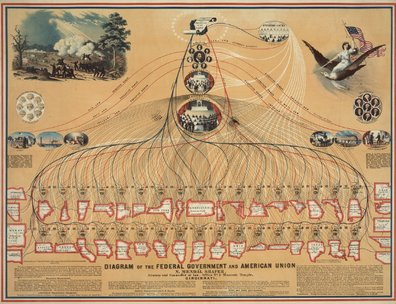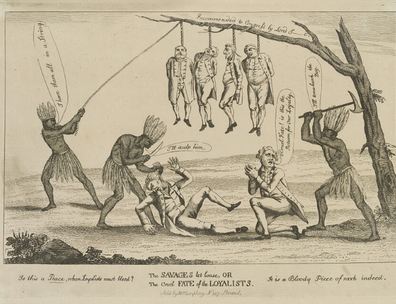Teaching Civics through History
In this unit, students will learn how federalism forms the basis of the relationship between national, state, and tribal governments in the United States.
Image Source: Map showing Indian Reservations in the United States West of the 84th Meridian, published by the US Congress, Washington DC, 1881 (The Gilder Lehrman Institute, GLC09679)



